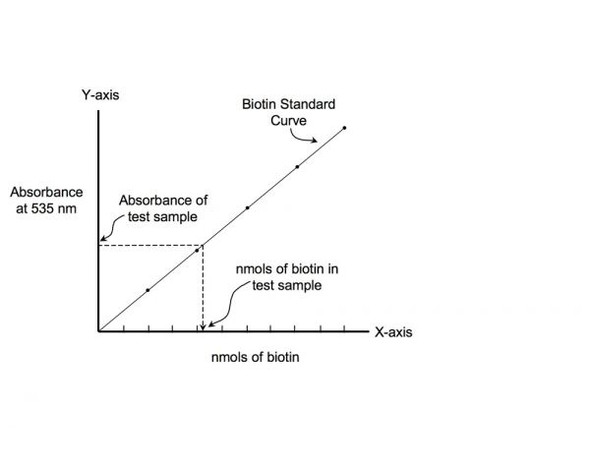Description
Collagen is the one of the main components of extracellular matrix, and accounts for about 30% of the whole human protein. Recent
studies, the production of collagen are reduced in aged skin, the degradation and the accumulation ofcollagen found in a particular
disease, such as has been shown. Therefore, it has become important in accurately quantifying technology health maintenance and
disease diagnosis collagen.
Collagen contains approximately 30 % Glycine (Gly) of whole amino acid residues in each molecule, and constitutes a repeated amino acid
sequence, -Gly-X-Y- in which Pro or Hyp frequently appears at the X or Y position. The proposed assay method takes an advantage of this
unique sequence of collagen aswell as the remarkable specifi city of bacterial collagenase that cleaves all collagen types at the position of
N-terminal side of the Gly residue. Therefore, abundant N-terminal Gly-containing peptides such as Gly-Pro-Hyp, Gly-Pro-Ala, Gly-Pro-Pro,and
Gly-Pro-Z (Z is other amino acid or oligopeptide) are produced from one molecule of each collagen, and greatly amplifi ed fl uorescence signals
from these products are obtained by the reaction with 3,4-Dihydroxyphenylacetic acid (3,4-DHPAA).
This kit is a highly specific and sensitive method for the assay of whole collagen in biological samples using a fluorogenic reagent,
3,4-Dihydroxyphenylacetic acid (3,4-DHPAA). The 3, 4-DHPAA reagent can selectively detect N-terminal Gly-containing peptides.
Features: This kit can quickly measure the collagen in the food and cosmetics. Compared to the existing hydroxyproline method, there is no need of
hydrochloric acid hydrolysis, it can be determined in a safe and simple procedure with a small amount of sample. This kit is suitable for quality
control and product development during the manufacturing process.
â Simple procedure: takes only 2 - 3 hours
â Fast and convenient
View AllClose
studies, the production of collagen are reduced in aged skin, the degradation and the accumulation ofcollagen found in a particular
disease, such as has been shown. Therefore, it has become important in accurately quantifying technology health maintenance and
disease diagnosis collagen.
Collagen contains approximately 30 % Glycine (Gly) of whole amino acid residues in each molecule, and constitutes a repeated amino acid
sequence, -Gly-X-Y- in which Pro or Hyp frequently appears at the X or Y position. The proposed assay method takes an advantage of this
unique sequence of collagen aswell as the remarkable specifi city of bacterial collagenase that cleaves all collagen types at the position of
N-terminal side of the Gly residue. Therefore, abundant N-terminal Gly-containing peptides such as Gly-Pro-Hyp, Gly-Pro-Ala, Gly-Pro-Pro,and
Gly-Pro-Z (Z is other amino acid or oligopeptide) are produced from one molecule of each collagen, and greatly amplifi ed fl uorescence signals
from these products are obtained by the reaction with 3,4-Dihydroxyphenylacetic acid (3,4-DHPAA).
This kit is a highly specific and sensitive method for the assay of whole collagen in biological samples using a fluorogenic reagent,
3,4-Dihydroxyphenylacetic acid (3,4-DHPAA). The 3, 4-DHPAA reagent can selectively detect N-terminal Gly-containing peptides.
Features: This kit can quickly measure the collagen in the food and cosmetics. Compared to the existing hydroxyproline method, there is no need of
hydrochloric acid hydrolysis, it can be determined in a safe and simple procedure with a small amount of sample. This kit is suitable for quality
control and product development during the manufacturing process.
â Simple procedure: takes only 2 - 3 hours
â Fast and convenient






